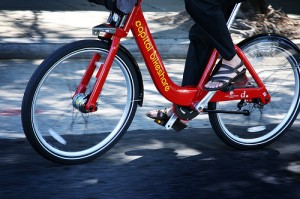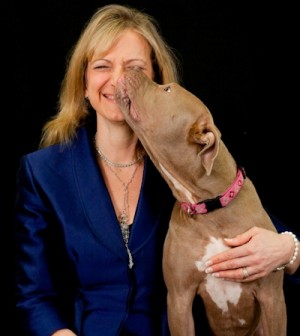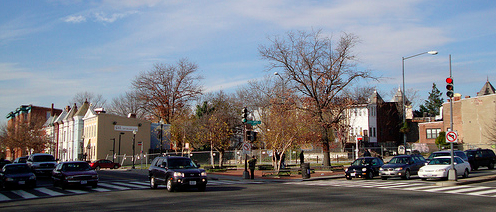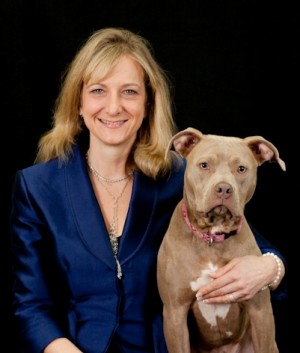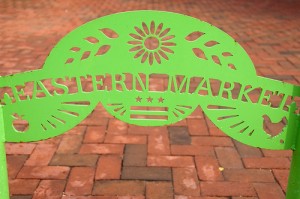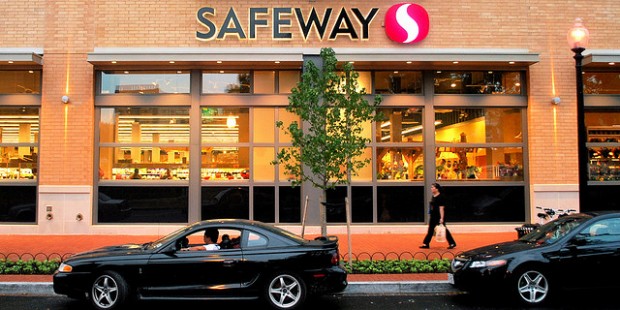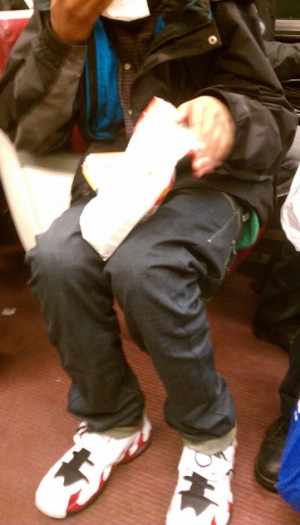
DCentric
The kid who was very interested in Metro's future train configurations.
Yesterday, before my 88-minute Metro ride turned in to both a near-brawl at Dupont and an almost-riot at Metro Center, I witnessed something so surprising, I had to share it. I’ve worked in customer service and retail, in soul-crushing jobs which require interacting with the general public, so I’m well aware of how people are far more likely to complain about a problem than to compliment great work; because of this, I try and do the latter as often as possible. I remember how wonderful it felt to hear kind words. I can’t be the only one who appreciates being appreciated.
Once we left Tenleytown, I found a seat near the doors and sat down with a great sense of relief. I had three bags with me and the two times I attempted to hail a cab, all I had accomplished was getting pelted, first with hail, then with snow. It was 4:30, and while I knew that the storm was worsening and trains would be crowded, I hoped the ride wouldn’t be too crazy. Two minutes after making that naive wish, a boisterous, incorrigible group of boys rushed inside the train.
They were loud, brash and within moments, they had sucked all the air out of the car. I noticed adults of all hues and classes eying them warily as they barreled past, taking the first free seats they found. The moment they sat down, they unpacked several bags from McDonald’s and proceeded to vacuum fries and McNuggets in that powerful, awe-inspiring way that only teen-aged boys are capable of. As the train lurched, so did their food and dipping sauces. That was bad enough, but the eye roll-inducing conversation they were shouting was worse. It was so loud, it even eclipsed the voices of the two inconsiderate pigs who were shouting “What? I can’t hear you! I’m on a train!” in to their cell phones.
Continue reading →



